Lights or Solatubes
Master_Eeyore
18 years ago
Related Stories
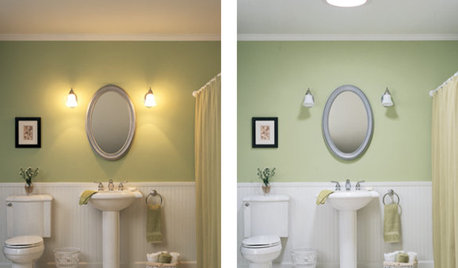
REMODELING GUIDESTubular Daylighting Devices Bring In Natural Light
More advanced and less pricey than traditional skylights, TDDs are the most modern way to let the light in
Full Story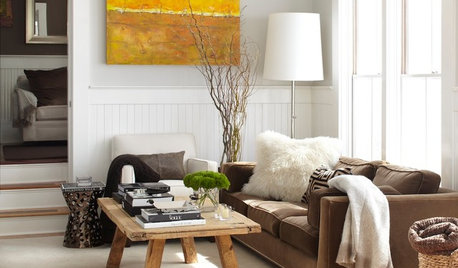
LIGHTINGYour Guide to Common Light Fixtures and How to Use Them
Get to know pot lights, track lights, pendants and more to help you create an organized, layered lighting plan
Full Story
LIGHTINGHouse Hunting? Look Carefully at the Light
Consider windows, skylights and the sun in any potential home, lest you end up facing down the dark
Full Story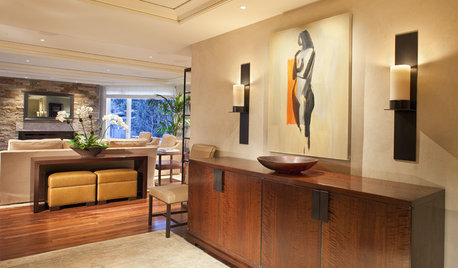
UNIVERSAL DESIGNUniversal Lighting Design Strategies for 4 Key Home Areas
Brighten the way for eyes of any age with ambient and task lighting that supports safety and imparts beauty
Full Story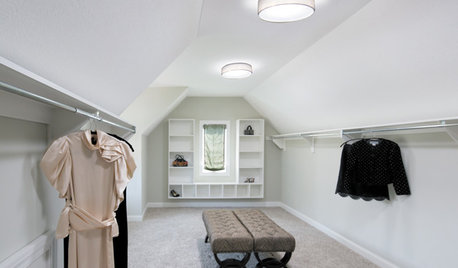
WINDOWSSmall Skylights Add Comfort and Light Where You Need It
Consider this minor home improvement in rooms that don’t get enough natural daylight
Full Story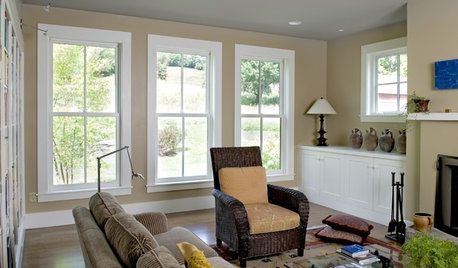
LIGHTINGSo You Bought a Cave: 7 Ways to Open Your Home to Light
Make the most of the natural light your house does have — and learn to appreciate some shadows, too
Full Story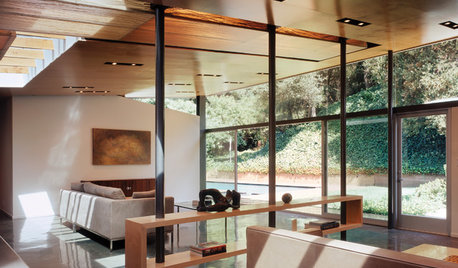
GREEN BUILDINGLook to the Sun for More of Your Home's Lighting
Manage sunlight with design-savvy windows, solar tubes and skylights to save energy and show your home's beauty
Full Story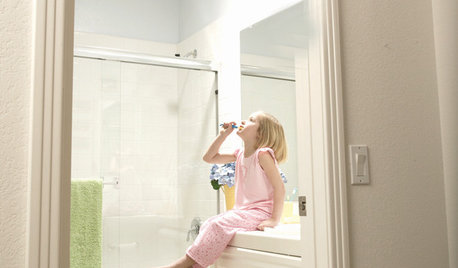
HEALTHY HOMEGet Your Light Right for a Healthy House
Homes that are too bright at night and too dark during the day are ruining our health. Here's what you can do
Full Story
GREAT HOME PROJECTSHow to Add a Skylight or Light Tube
New project for a new year: Increase daylight and maybe even your home’s energy efficiency by opening a room to the sky
Full Story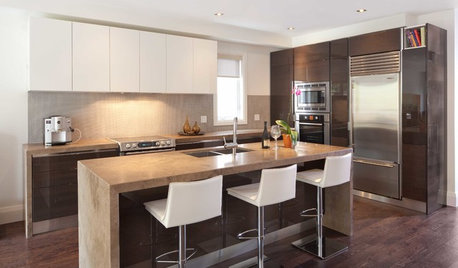
LIGHTINGGet Your Home's Recessed Lighting Right
Learn the formula for how much light a room needs plus how to space downlights, use dimmers and more
Full Story






willardb3
xwagner
Related Professionals
Piqua Landscape Architects & Landscape Designers · Aberdeen Landscape Contractors · Byram Landscape Contractors · Chesapeake Ranch Estates Landscape Contractors · El Reno Landscape Contractors · Fort Worth Landscape Contractors · Hilo Landscape Contractors · Lake Worth Landscape Contractors · Lakeville Landscape Contractors · Lorain Landscape Contractors · Nashua Landscape Contractors · Plymouth Landscape Contractors · Quincy Landscape Contractors · Four Corners Landscape Contractors · Hawaiian Gardens Landscape Contractorswordwiz
SolaDude
PupillaCharites